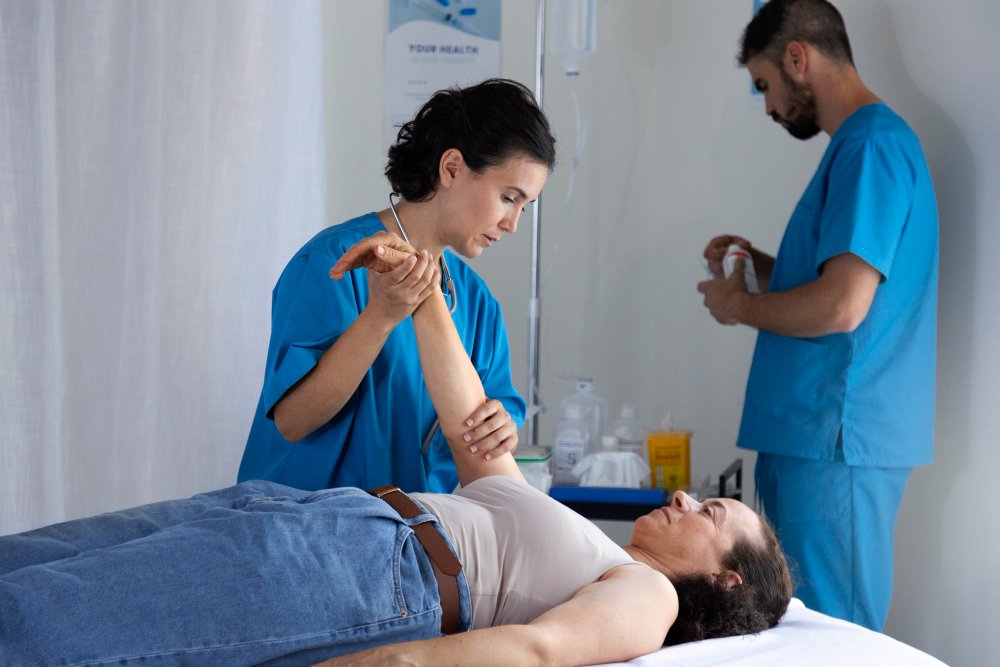Pain and swelling are natural responses following surgery, but effective management of these symptoms is crucial for a smooth, complication-free recovery. South Korea’s advanced medical centers and cosmetic clinics offer comprehensive post-operative care strategies that combine modern medicine with traditional techniques to control pain and reduce swelling efficiently.
This article delves into the key methods Korean doctors and care teams use to help patients manage discomfort and inflammation after surgery, especially catering to international patients seeking the best recovery outcomes.
Understanding Post-Surgery Pain and Swelling
Surgical procedures inevitably cause trauma to tissues, triggering:
- Pain: Resulting from nerve irritation, tissue injury, and inflammation.
- Swelling (Edema): Caused by fluid buildup in the operated area due to the body’s inflammatory response.
Both symptoms, if uncontrolled, can delay healing, limit mobility, and increase the risk of complications such as infection or blood clots.
Korean Post-Operative Care Strategies for Pain Management
1. Multimodal Pain Control Approach
Korean medical teams adopt a multimodal strategy to pain management, which means using multiple methods simultaneously for optimal relief with fewer side effects. These include:
- Prescription Pain Medications: Tailored dosages of NSAIDs, acetaminophen, or mild opioids as needed, closely monitored by physicians.
- Regional Anesthesia and Nerve Blocks: In some surgeries, localized nerve blocks reduce pain significantly during the critical early recovery period.
- Non-Pharmacological Methods: Including acupuncture and TENS (transcutaneous electrical nerve stimulation), widely used in Korea to reduce pain naturally without drugs.
2. Acupuncture for Pain Relief
Acupuncture is a key component of Korean post-surgery care. Licensed Korean medicine doctors use specific acupuncture points to stimulate the body’s own pain-relieving chemicals (endorphins) and improve blood flow, which helps reduce pain and promotes faster healing.
3. Cold Therapy (Cryotherapy)
Immediately after surgery, cold compresses or specialized cold therapy devices are applied to reduce nerve activity, decrease inflammation, and numb pain. This method is standard in Korean clinics and often combined with compression wraps.
Korean Techniques for Managing Post-Surgical Swelling
1. Manual Lymphatic Drainage (MLD)
Swelling is often due to lymphatic fluid accumulation. Korean physical therapists and TKM practitioners use gentle manual lymphatic drainage massage to stimulate the lymphatic system, encouraging fluid drainage and reducing edema.
2. Compression Therapy
Korean clinics commonly utilize medical-grade compression garments, bandages, or wraps post-surgery to:
- Prevent excessive fluid buildup
- Support tissues and reduce discomfort
- Enhance blood circulation for better healing
3. Herbal Medicine and Supplements
Korean herbal medicine formulas, prescribed by certified practitioners, include anti-inflammatory and antioxidant herbs that help reduce swelling and support tissue repair. These natural remedies are used alongside conventional treatments to provide holistic care.
Additional Supportive Care Methods
- Elevation: Patients are advised to keep the operated area elevated as much as possible to minimize swelling by aiding gravity-assisted fluid drainage.
- Hydration and Nutrition: Proper fluid intake and nutrient-rich diets are emphasized to help the body flush toxins and repair tissues.
- Early Mobilization: Guided physical therapy helps improve circulation and prevents blood pooling, which can worsen swelling.
Why International Patients Choose Korea for Post-Operative Care
- Access to both cutting-edge Western medicine and traditional Korean therapies ensures balanced and effective pain and swelling management.
- Highly trained multidisciplinary teams provide personalized care plans tailored to each patient’s surgery type and recovery needs.
- Multilingual staff and patient coordinators make it easier for international patients to understand and follow post-operative instructions.
- Use of advanced technology and natural therapies reduces reliance on heavy medications, minimizing side effects and promoting faster recovery.
Conclusion
Effective management of pain and swelling is critical for successful surgical recovery, and Korea’s comprehensive post-operative care strategies stand out for their integration of modern medicine with time-tested traditional therapies. Patients recovering in Korea benefit from personalized, holistic care plans that help them heal faster, feel more comfortable, and reduce the risk of complications.
If you’re considering surgery in Korea, choosing a medical center with expert post-operative pain and swelling management can significantly enhance your recovery experience.




